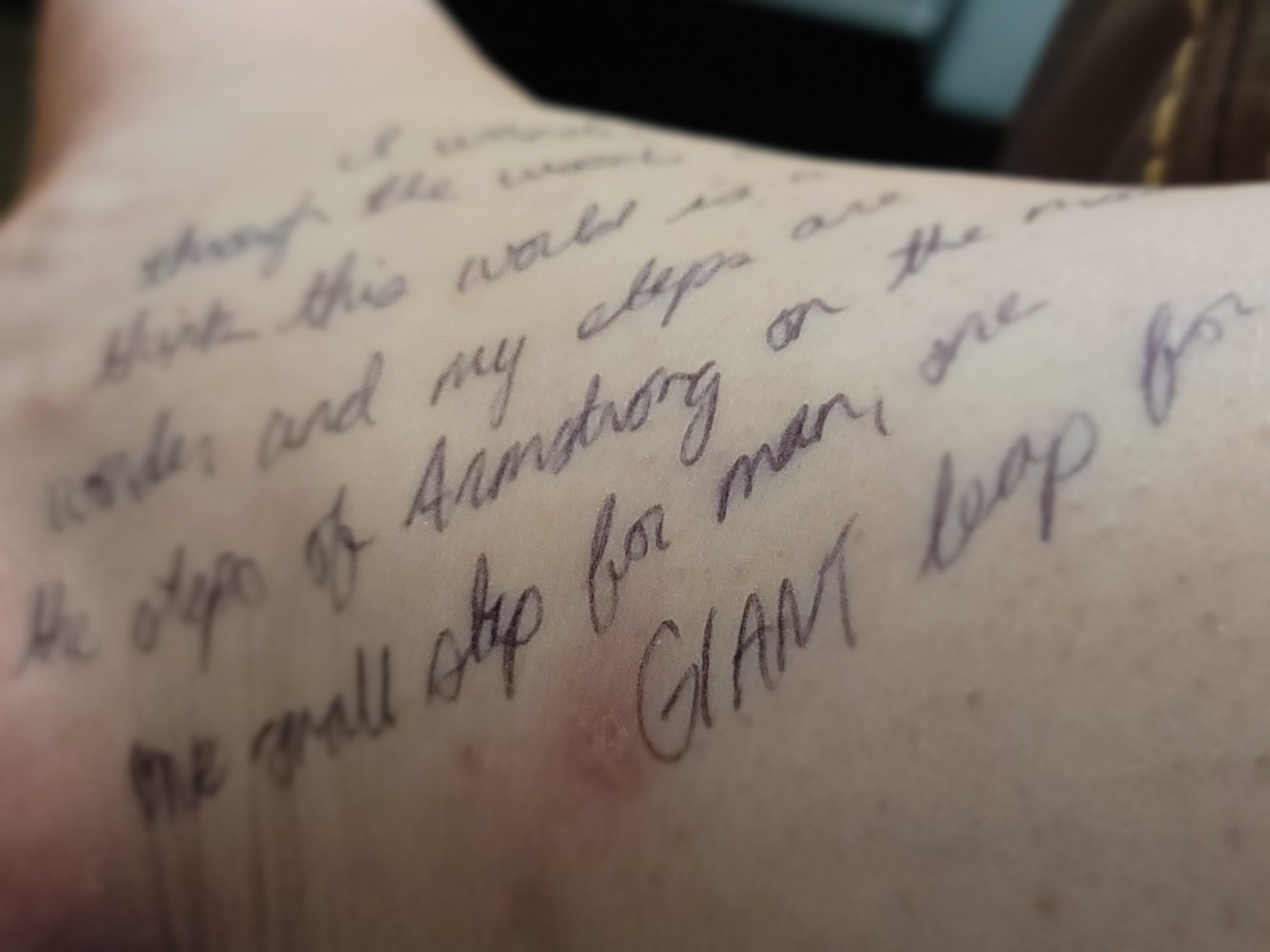Summary
This is a challenge involving working with your bare hands in soil. It is especially helpful for creatives of all types that find inspiration from nature or are curious to explore it more. It helps to increase contentment and appreciation of what you have and the world around you. It also helps you learn about the partnership between art forms that can help you face and conquer difficult situations.
Outdoor Gardening Challenge (Option 1)

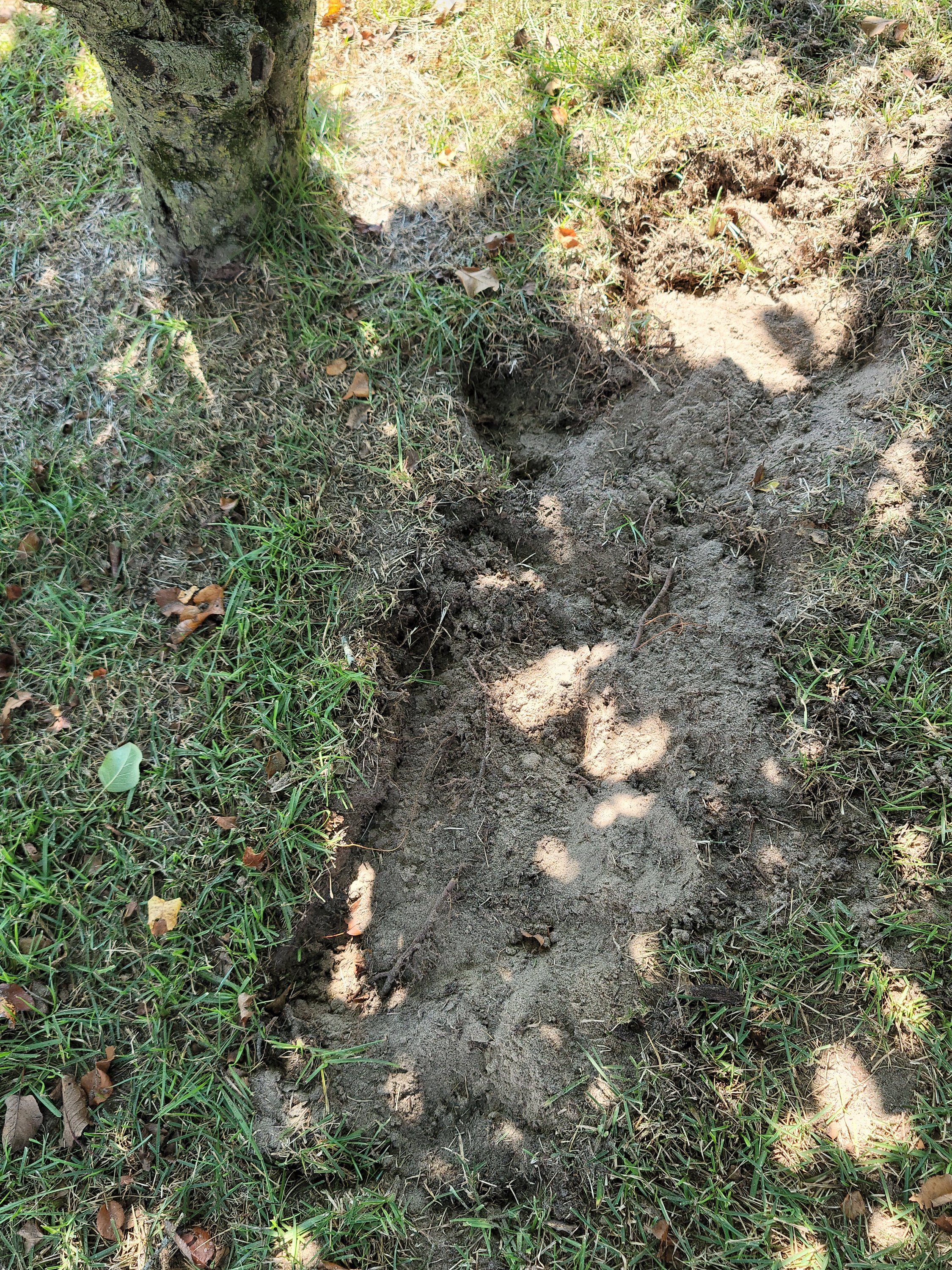






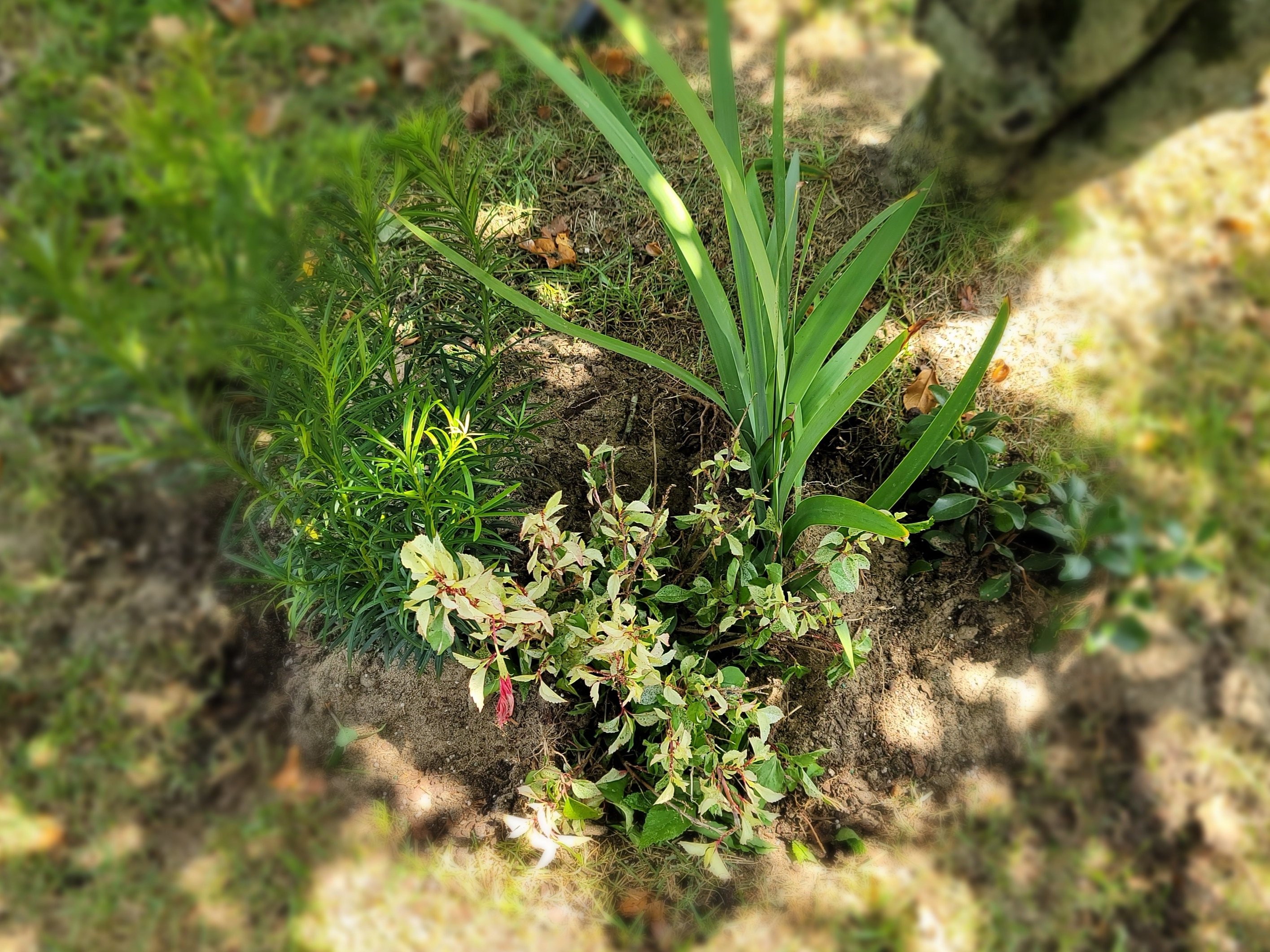

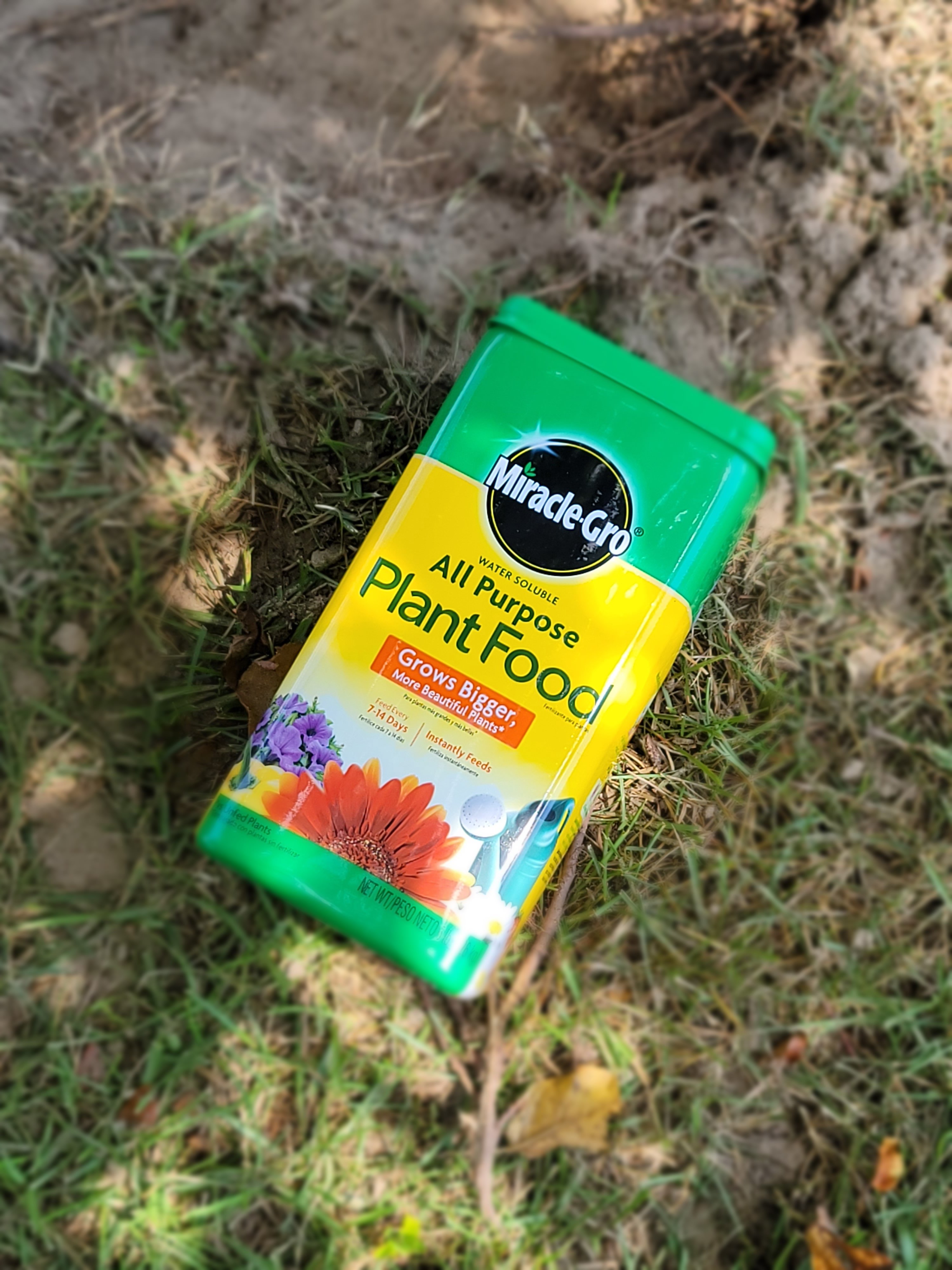
Outdoor Garden Challenge Prompt
First, you want to make a plan you can accomplish in a day and gather materials. I knew I wanted to upgrade a 1×3 foot section of my yard with exotic plants from a recent trip. I gathered shovels, a wheel barrow, plants, gloves, bug spray, and music.
Music is an important part of this challenge that you don’t want to skip. Not only does it help create a mood to help you conquer the work, it empowers you to feel stronger and more capable of overcoming adversity. This is an opportunity to learn how different forms of creative expression can partner together to achieve a goal. Put together a playlist that makes you feel empowered, bold, and strong. This could be a static workout list you use in the gym or a list that changes daily. For me, it was a 90’s Christian Rock kind of day.
Next, you want to break ground and clear the soil for your planting. It is important that you take the time to do this right because not enough depth can leave roots exposed on the new plants and make them die. Also, weeds or grass left behind can choke out the new plant. If you are going to this effort, take the time to do it right and give the new plants their best chance at life.
Next, remove the plants from their pots, loosen the soil, and place them in the prepared ground. Potted plants are often root bound and need their root ball gently broken before they are put into the new soil. When you do that, a lot of soil will break loose. I broke my roots over my wheelbarrow with the soil I had already taken out of the hole in the earth. The spare soil will be mixed together and reused later. For now, just get your plants where you want them.
It was at this step that an unwelcomed visitor stepped in: fire ants. Fire ants swarmed my new Indian Hawthorne and my hands as I tried to remove the pot and break the root ball. Solution: spray the plant and ants with a mixture of orange essential oil and water. The orange oil doesn’t hurt the plant but it instantly kills the ants.
Next, with the plants in place, mix the native soil displaced from the whole and the potting soil displaced from the plants together. I used the wheelbarrow and shovel to do this as I was planting. Fill the remaining space in the hole with the soil mixture. Pack it tight and gently stomp it down around the plants because you don’t want water to come and erode away the earth from the roots.
Lastly, mix a high quality plant food in water and water the plants generously. You want to soak the earth on and around the new plants. Follow instructions on your plant food and plants to continue to water them for the next couple of weeks while they get established. Enjoy!
Indoor Garden Challenge (Option 2)


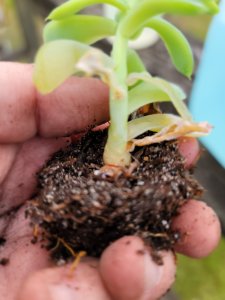
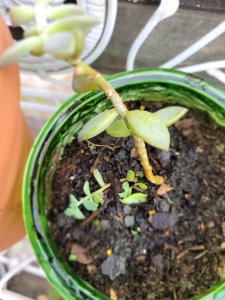




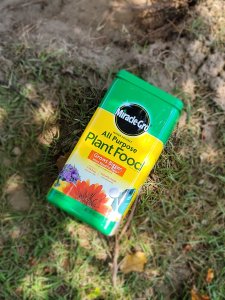
Indoor Garden Challenge Prompt
For the indoor garden challenge, you want to take a potted plant that is overgrowing its pot and replant it. I chose a collection of cacti and house plants I had mostly in one pot in my office. If you don’t have a pot like this already, you can find similar pots needing replanted in the clearance section of most garden shops.
For this challenge, I used bagged potting soil, spare pots, and my bare hands. I also chose to leave the music off for this challenge to allow myself the full sensory experience of touch and sound as I played with the dirt.
If a plant is overcrowded, it will struggle to stay alive. Lift the plant(s) gently out of the overcrowded pot, and let your fingers feel the through the soil to where their roots lie. Gently loose the plant from the soil around it with as much root and soil as you can keep that were near the stem of the plant. Continue this gentle unearthing process for all the plants. Then replant the plants into new pots with at least two inches of soil below and around them. Mix plant food in water and generously soak the plants in their new pots. Return the plants inside.
Final Comments
Working in the earth is almost primal in its connection to us as human beings. When you accomplish something with your bare hands, it makes you feel empowered to do more challenging things. Playing in the dirt is God’s natural way of reinforcing confidence. As we battle against forces beyond our control and win, we feel stronger about taking on new challenges in life. Take a moment to consider that. What did this challenge make you feel empowered to do?
Please take a moment to share images and thoughts in the comments below from when you tried this challenge. If you chose to do one or both of the challenges, we’d love to see it!


